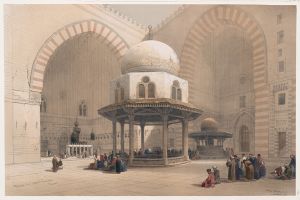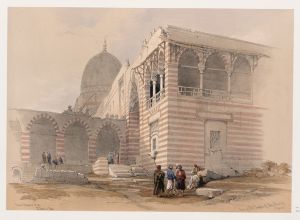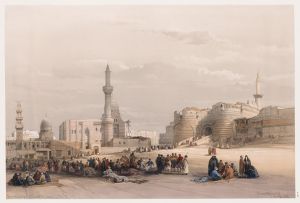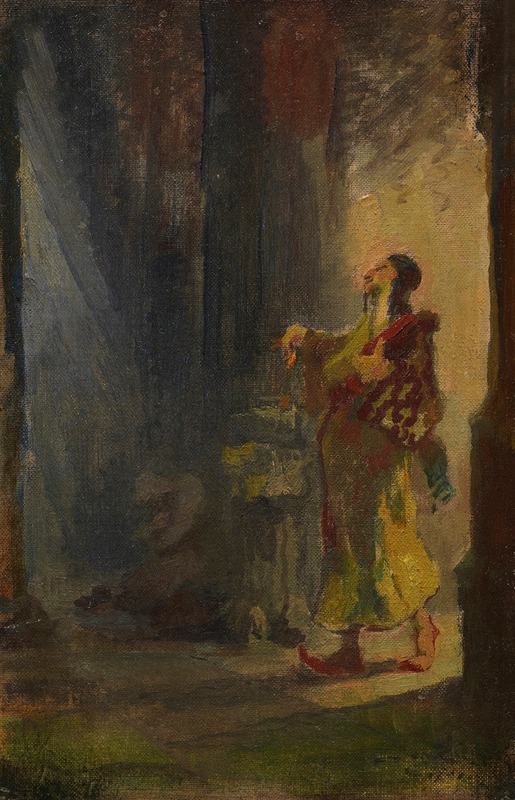
Straße in Kairo, Türk´ findet eine Rose
A hand-painted replica of Carl Spitzweg’s masterpiece Straße in Kairo, Türk´ findet eine Rose, meticulously crafted by professional artists to capture the true essence of the original. Each piece is created with museum-quality canvas and rare mineral pigments, carefully painted by experienced artists with delicate brushstrokes and rich, layered colors to perfectly recreate the texture of the original artwork. Unlike machine-printed reproductions, this hand-painted version brings the painting to life, infused with the artist’s emotions and skill in every stroke. Whether for personal collection or home decoration, it instantly elevates the artistic atmosphere of any space.
Carl Spitzweg's painting Straße in Kairo, Türk´ findet eine Rose (translated as Street in Cairo, Turk Finds a Rose) is a work by the renowned German Romantic painter and poet Carl Spitzweg (1808–1885). Spitzweg is best known for his genre paintings, which often depict scenes of everyday life imbued with humor, charm, and a sense of poetic observation.
This particular painting, Straße in Kairo, Türk´ findet eine Rose, is one of Spitzweg's works that reflects his interest in exotic and Orientalist themes, a trend that was popular in 19th-century European art. The painting portrays a street scene in Cairo, Egypt, where a figure, identified as a Turk, is shown discovering a rose. The composition captures a moment of quiet beauty and contemplation, characteristic of Spitzweg's style.
Spitzweg's fascination with distant lands and cultures was influenced by the broader Romantic movement, which often idealized the "exotic" and the "Orient." While Spitzweg himself never traveled to the Middle East or North Africa, his depictions of such scenes were likely inspired by travel literature, prints, and other artists' works that romanticized these regions. His ability to create vivid and detailed settings, even without firsthand experience, demonstrates his skill as a painter and his imaginative approach to storytelling.
The painting is executed in Spitzweg's signature style, with meticulous attention to detail and a warm, atmospheric palette. The architecture and costumes in the scene reflect a European interpretation of Middle Eastern aesthetics, rather than an accurate representation of Cairo's historical or cultural reality. This approach was typical of Orientalist art during the 19th century, which often blended imagination with elements of real-world inspiration.
As with many of Spitzweg's works, Straße in Kairo, Türk´ findet eine Rose invites viewers to pause and reflect on the small, poetic moments of life. The rose, a symbol of beauty and transience, adds a layer of symbolism to the scene, aligning with Romantic ideals of nature and emotion.
The current location of the painting is not widely documented, and it is unclear whether it resides in a public collection or remains in private hands. Spitzweg's works, however, are held in numerous museums and collections, particularly in Germany, where he is celebrated as one of the country's most beloved 19th-century artists.
This painting is an example of Spitzweg's ability to blend narrative, emotion, and aesthetic appeal, making it a notable piece within his body of work.





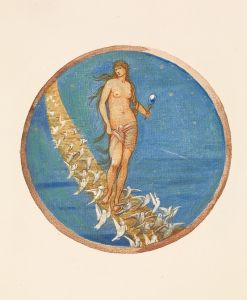
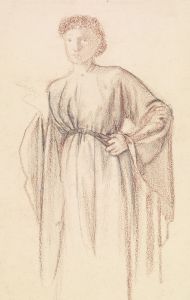


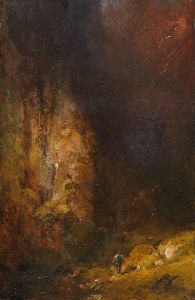


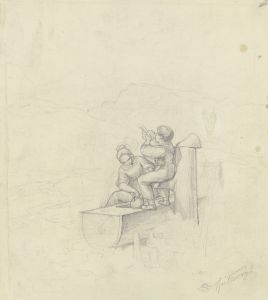
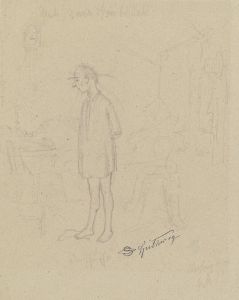

![Gate of the Metwaleys [Bab Zuwayla], Cairo.](/imgs/217486/s/david-roberts-gate-of-the-metwaleys-bab-zuwayla-cairo-669b6ca3.jpg)
